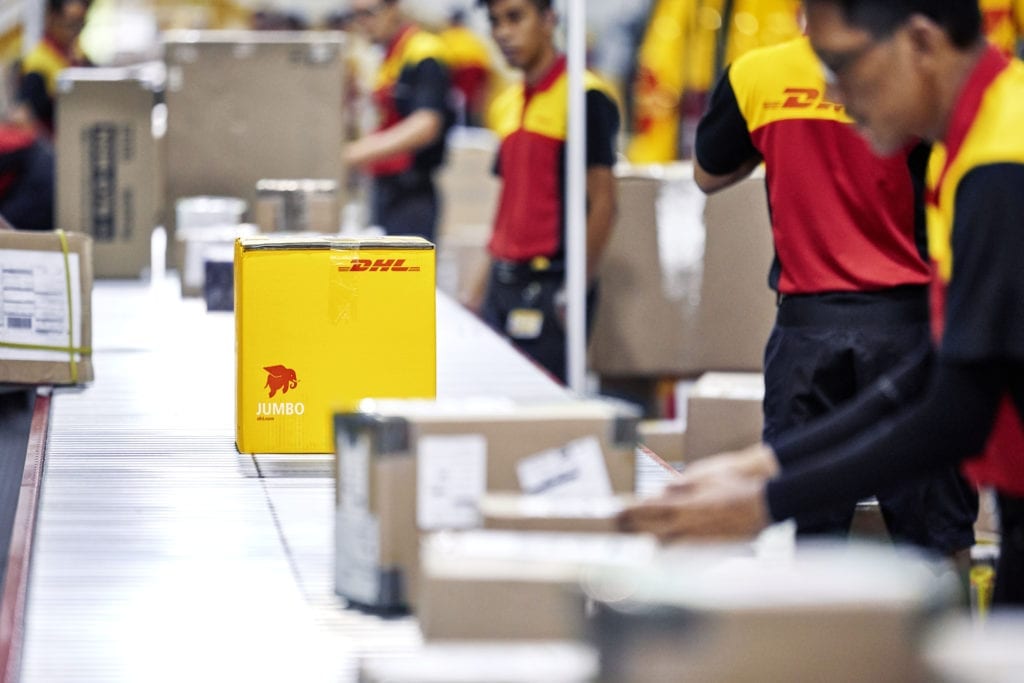電商備戰購物節5大秘訣

當去年中國「光棍節」(11月11日)凌晨時鐘響起時,零售商和物流供應商出動所有人力,處理每秒湧入的25萬筆付費交易。一年一度的光棍節是電商巨擘阿里巴巴為了「慶祝」中國單身族群而發明,現在已經發展成世界規模最大的網路購物活動,每年都刷新活動前一年創下的銷售記錄。
2018年光棍節的購物交易金額高達308億美元(276億歐元),超越其他高人氣大規模網路零售活動的業績,像是西方國家的黑色星期五(Black Friday)和網路星期一(Cyber Monday)。
但這通常只是年終賺錢旺季的起步而已,隨著耶誕節愈來愈接近,歡樂的購物旺季也將達到最高點。對於瞄準光棍節和年終耶誕購物旺季,準備瓜分獲利大餅的企業來說,了解訂單湧入時的狀況及因應方法極為重要。以下是企業備戰銷售旺季的5大秘訣。
1) 預估需求、提前計畫
研究去年收集的資料,可以為企業提供特定旺季需求的線索。
事先擬定計畫,企業就有充裕時間採行措施,改善購物活動高峰可能發生的問題。這些措施可能包括增加人手應付高峰旺季銷售,事先提供訓練確保他們熟悉流程。參考歷史資料也能協助企業決定庫存水準,以及在大量需求湧入時找到其他供應商—例如按照地理區或產品類別。
2) 最佳化網路效能
根據客戶參與自動化平台KissMetrics研究,網路頁面載入只要有一秒鐘延遲,轉換率就可能減少7%。
企業必須確保網站在訪客每次登入時,提供流暢的經驗。
如果平日網站的載入已經很慢,可能是頻寬和容量不當,無法管理預期旺季帶來的更高流量。為了避免超載,企業應該改善所有裝置的頁面載入及回應速度,提供順暢的客戶經驗。進行網站壓力測試,模擬網路流量增加的情況,確定網站能夠管理訪客的大量湧入,不會發生任何問題。
3) 訂定明確的貨運政策
結帳時才出現的意外運費,可能讓消費者遠離。
「良好溝通的貨運政策可以協助增加銷售,減少購物車的棄置。讓顧客有明確預期,可以提供更平順的結帳流程,以及世界級的買家經驗」,Shopify Singapore國家經理Arun Verma表示。最近一次電子商務調查顯示,如果網站突然出現未清楚傳達的隱藏費用,高達55%的購物者會放棄他們的購物車。
當顧客訪問網站時,運費、稅金或任何其他附加費用應該透明列出,最好是在網頁的醒目物這,或甚至以彈出視窗提醒。關於出貨至特定國家的限制,或相關特殊處理方式,也應該詳細說明以避免顧客困擾。
4) 提供即時、點對點的貨運能見度
多位供應鏈專家曾經提到,貨運能見度是消費者在忙碌購物季關注的關鍵條件之一。
貨件追蹤讓顧客知道包裹何時到達。網路追蹤貨件的能力,以及知道貨件會在預訂日期送達,對客戶滿意度的提升非常重要。讓這項能力成為自助式功能,將進一步減少顧客的詢問數,因此使客戶支援的額外成本最小化。「愈來愈多網路購物者期望更高水準的透明度、便利性和速度。貨件追蹤功能在忙碌的購物旺季提供顧客更好的能見度,讓他們知道包裹何時抵達」,DHL東南亞區電商解決方案總經理Kiattichai Pitpreecha表示。
企業如果能從高處俯瞰,利用追蹤功能立即解決訂單處理流程問題,就能進一步提高服務提供標準。
5) 做好退貨準備
網路購物引起的退貨狀況,會在購物旺季結束時進一步擴大。此時購物者會退回大部分他們不想要的禮物或衣服。在管理退貨時,企業有幾點應該考量。提供順暢的退貨經驗是優先要務,因為這提供企業再次與顧客互動的機會。方法之一是每次出貨時提供退貨標籤,減少顧客退貨時的麻煩。
對大型零售商及中小企業來說,退貨已經證實是高成本流程,但如果做對了,退貨也可能帶來正面結果。例如:網路服飾與鞋子零售商Zappos提供雙向免費運的退貨政策,讓消費者試穿之後退回—退貨率最高的顧客,其實是讓他們賺最多錢的客人。
對購物旺季而言,延長退貨期間可能是避免企業資源緊繃的另一種方法。對企業來說,最重要的是在旺季正式登場前,預先思考一遍整個流程。











 繁體中文(台灣)
繁體中文(台灣)